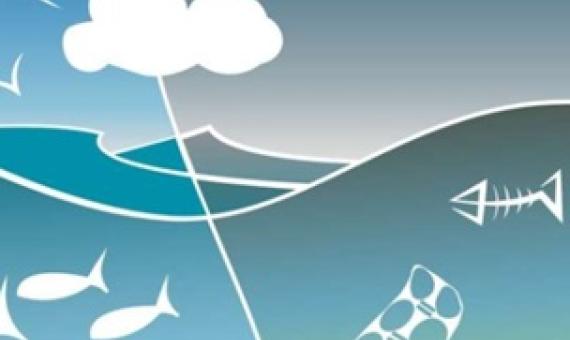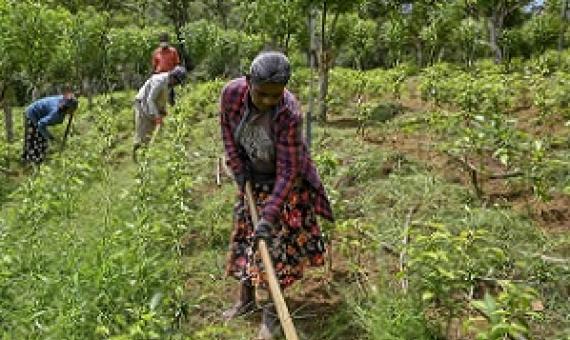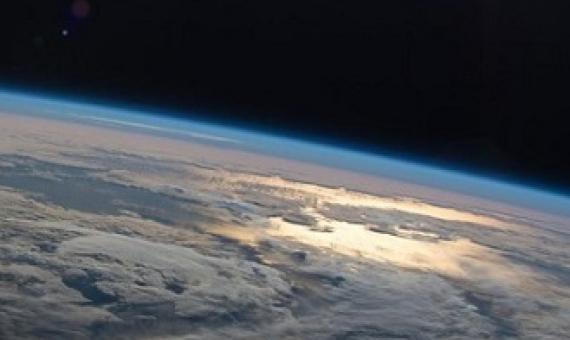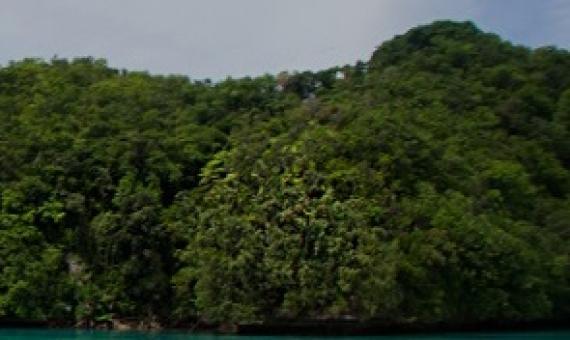Rodent Control Manual : A Practical Guide for Rodent Control for Communities and Technicians Working in Samoa
The purpose o the manual is provide practical guidance to technicians attempting to plan and control rodents (rats and mice) using poison baiting for biodiversity conservation purposes under Samoan forest conditions. The methodology outlined in this manual is the result of efforts to assess the effectiveness of using rodent bait at the Malololelei Recreation reserve since 2017.Call Number: [EL]Physical Description: 25 p.











